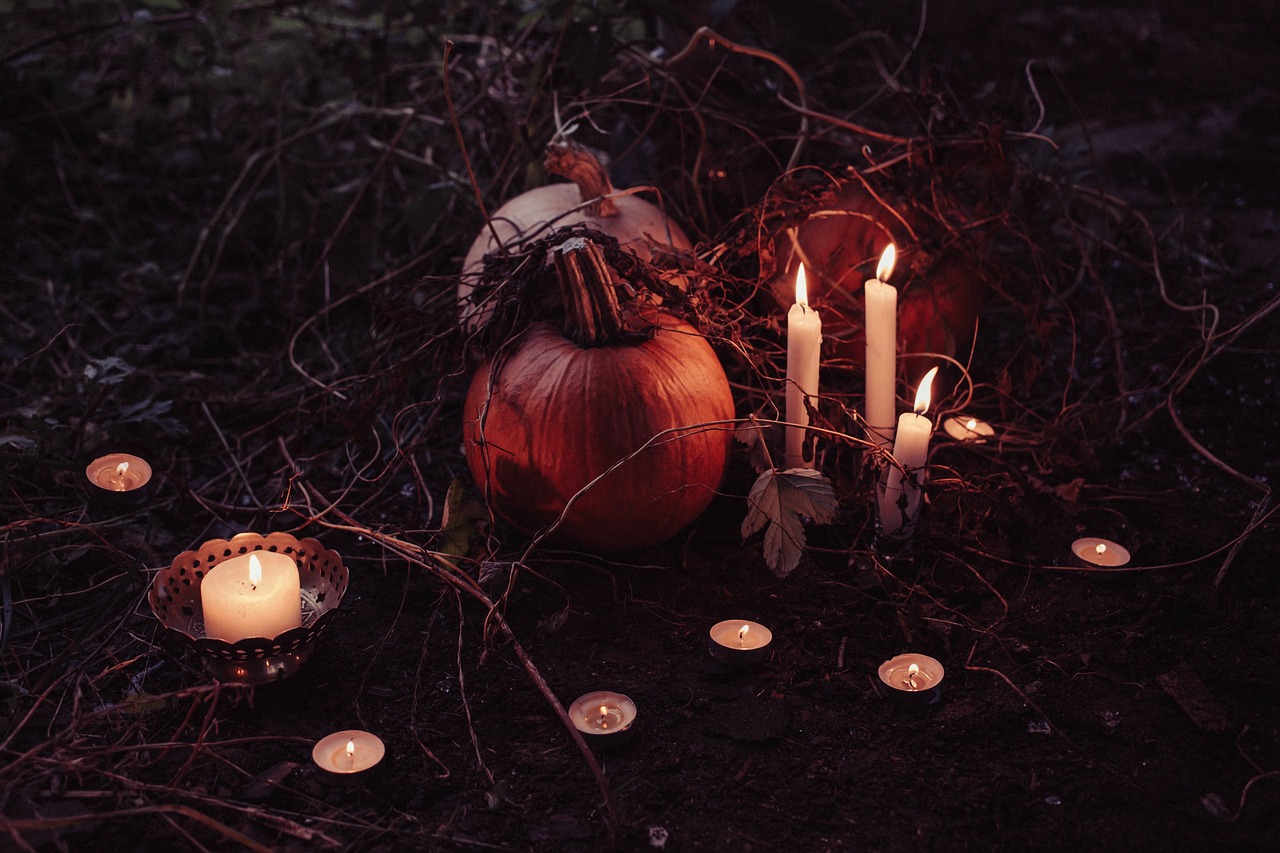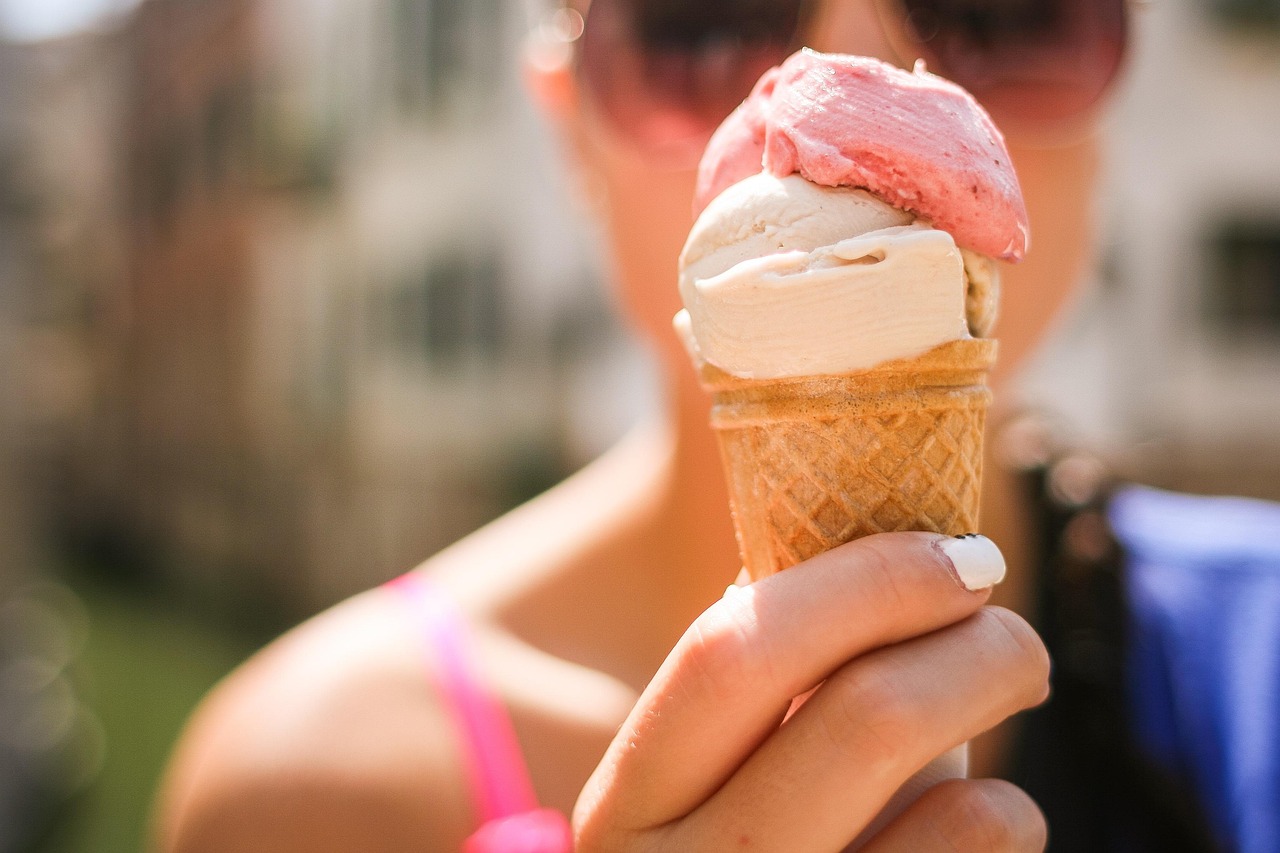Treating Rhizosphaera needle cast involves a combination of cultural practices and chemical applications. Start by improving air circulation around affected trees, removing and destroying infected needles, and applying fungicides as directed. Regular monitoring and maintenance are crucial for long-term control.
Rhizosphaera needle cast is a fungal disease that primarily affects spruce trees, particularly the Norway spruce. This disease is caused by the fungus Rhizosphaera kalkhoffii, which leads to the premature dropping of older needles. The disease can significantly impact the aesthetic quality of your trees and their overall health. If left untreated, it can lead to severe defoliation, weakening the trees and making them more susceptible to other stressors.

The symptoms of Rhizosphaera needle cast typically appear in late summer to early fall. Infected needles develop dark spots, eventually turning yellow and dropping off. Affected trees may exhibit thinning canopies, which can be alarming for homeowners and landscapers alike. Understanding how to manage this disease is essential to maintaining healthy spruce trees in your landscape.
Understanding the Disease
Rhizosphaera needle cast thrives in cool, moist environments. It is most prevalent in regions with high humidity and poor air circulation. The fungus overwinters in fallen needles and can spread through wind and rain. Therefore, recognizing the conditions that favor its development is critical for effective management.
Here are some key facts about Rhizosphaera needle cast:
| Fact | Details |
|---|---|
| Causal Agent | Rhizosphaera kalkhoffii |
| Common Hosts | Norway Spruce, Blue Spruce |
| Optimal Conditions | Cool, moist environments |
| Symptoms | Yellowing needles, premature needle drop |
| Management Strategies | Cultural practices, fungicide applications |
Effective treatment begins with prevention. Planting resistant varieties of spruce can help reduce the risk of infection. Additionally, proper spacing between trees promotes air circulation, which helps to dry the foliage more quickly after rainfall or dew. Regular pruning to remove dead or infected branches can also be beneficial.
Monitoring your trees for early signs of infection is crucial. If you notice symptoms, immediate action is necessary to prevent further spread. Understanding when and how to apply fungicides can also play a vital role in managing this disease effectively.
In the following sections, we will delve deeper into specific treatment methods, including detailed steps for applying fungicides and implementing cultural practices. By following these guidelines, you can help maintain the health of your spruce trees and mitigate the effects of Rhizosphaera needle cast.
Identifying Symptoms of Rhizosphaera Needle Cast
Recognizing the symptoms of Rhizosphaera needle cast early is essential for effective management. The disease progresses quickly, and timely intervention can save affected trees. Below are the primary symptoms to look for:
- Needle Discoloration: Initially, infected needles will show small, dark spots that may appear on the upper surfaces.
- Yellowing Needles: As the infection progresses, needles turn yellow. This yellowing often starts at the tips and moves inward.
- Premature Needle Drop: Affected needles will drop off before the normal autumn shedding, leading to thinning crowns.
- Fungal Growth: In humid conditions, you may observe dark fungal structures on the needles, which indicate active infection.
Regular inspections of your spruce trees are crucial, particularly during late summer and fall when symptoms are most noticeable. Consider using a magnifying glass to examine the needles closely if you suspect an infection.
Cultural Practices for Management

Cultural practices play a vital role in managing Rhizosphaera needle cast. By altering the environment and care of your trees, you can significantly reduce the incidence of this disease. Here are some effective practices to consider:
- Improve Air Circulation: Ensure that trees are planted with adequate spacing to promote airflow. This helps reduce humidity around the foliage, making it less conducive for fungal growth.
- Proper Watering: Watering should be done early in the day to allow foliage to dry quickly. Avoid overhead watering when possible.
- Fertilization: Healthy trees can better resist infections. Use a balanced fertilizer to promote strong growth in your spruce trees.
- Sanitation: Regularly remove fallen needles and debris from around the base of the trees. This helps eliminate sources of fungal spores.
- Pruning: Trim away dead or infected branches to improve air circulation and reduce disease spread.
Implementing these cultural practices can create a less favorable environment for Rhizosphaera needle cast and enhance the overall health of your spruce trees.
Choosing and Applying Fungicides

If cultural practices alone do not control the disease, fungicides can be an effective option. Proper selection and application are key to successful treatment. Here are steps to consider when using fungicides:
Selecting Fungicides
When choosing a fungicide, look for products specifically labeled for Rhizosphaera needle cast. Some commonly recommended active ingredients include:
- Daconil (Chlorothalonil): A broad-spectrum fungicide effective against many fungal diseases.
- Bacillus subtilis: A biological fungicide that helps protect plants by outcompeting pathogens.
- Propiconazole: A systemic fungicide that can penetrate plant tissues and provide protection from within.
Application Timing
The timing of fungicide applications is critical. It is generally recommended to apply fungicides in early spring when new growth begins. Reapply every 14 to 21 days throughout the growing season, particularly if wet weather persists. Follow the manufacturer’s instructions for specific application rates and methods.
Application Methods
Fungicides can be applied using several methods:
- Foliar Spray: Apply directly onto the needle surfaces using a backpack sprayer or garden sprayer.
- Drench Application: This method involves applying the fungicide directly to the soil around the tree’s base, allowing it to be absorbed by the roots.
- Soil Injection: Injecting fungicide into the soil can provide systemic protection for the tree.
Always wear appropriate protective gear when handling and applying fungicides to ensure safety. Proper disposal of any unused material is also essential to prevent environmental contamination.

By identifying symptoms early, employing cultural practices, and using fungicides when necessary, you can effectively manage Rhizosphaera needle cast and protect your spruce trees from its damaging effects.
Long-Term Management Strategies
Effectively managing Rhizosphaera needle cast requires a long-term approach that goes beyond immediate treatment. By implementing comprehensive management strategies, you can create an environment that promotes tree health and minimizes the risk of infection. Below are several long-term strategies to consider.
Choosing Resistant Varieties
One of the most effective ways to prevent Rhizosphaera needle cast is to plant spruce varieties that are less susceptible to the disease. Some resistant varieties include:
- Black Hills Spruce (Picea glauca var. densata): Known for its resistance to needle cast and adaptability to various soil conditions.
- Norway Spruce ‘Nidiformis’: This dwarf variety is less prone to disease and maintains a compact shape.
- Colorado Blue Spruce: While some strains are susceptible, specific cultivars show resistance to needle cast.
Consult with local nurseries or extension services to identify the best spruce varieties suited for your region.
Soil Health and Fertility
Maintaining healthy soil is crucial for tree vigor and resilience against diseases. Here are some key practices to enhance soil health:
- Soil Testing: Conduct regular soil tests to determine pH levels and nutrient availability. Adjustments can be made based on test results.
- Organic Matter Addition: Incorporate organic matter such as compost or well-rotted manure into the soil. This enhances soil structure and fertility.
- Avoiding Soil Compaction: Limit heavy equipment traffic around root zones to prevent soil compaction, which can restrict root growth.
Healthy soil supports robust trees that can better withstand stresses, including diseases like Rhizosphaera needle cast.
Regular Monitoring and Record Keeping
Ongoing monitoring of your spruce trees is essential for early detection of any issues, including needle cast. Consider implementing a systematic approach to monitoring:
- Visual Inspections: Schedule regular inspections throughout the growing season. Look for signs of discoloration, needle drop, or other symptoms.
- Record Keeping: Maintain a log of observations, treatments applied, and weather conditions. This data can help identify patterns and improve management strategies over time.
- Photography: Document changes in tree health with photographs. This visual record can provide insights into the effectiveness of your management practices.
Community Involvement and Education
Engaging with your community can amplify efforts to manage Rhizosphaera needle cast effectively. Here are ways to foster community involvement:
Education and Outreach
Sharing knowledge about Rhizosphaera needle cast increases awareness and encourages proactive measures among fellow gardeners and landscapers:
- Workshops: Organize or participate in local workshops that focus on tree care, disease identification, and management practices.
- Online Resources: Utilize social media platforms or community forums to share success stories, tips, and resources related to needle cast management.
- Collaborative Efforts: Partner with local gardening clubs or organizations to host educational events that cover a range of tree health topics.
Neighborhood Monitoring Programs
Establishing neighborhood monitoring programs can also be beneficial. Encourage community members to regularly check their spruce trees for signs of infection. Coordinated efforts can lead to:
- Shared Resources: Pooling resources for purchasing fungicides or hiring professionals when needed.
- Cumulative Data Collection: Sharing observations can help identify broader trends in disease prevalence in the area.
- Support Networks: Building a network of support where community members can seek advice and assistance in managing tree health.
By fostering awareness and community engagement, you can create a more resilient environment that supports the health of spruce trees and combats Rhizosphaera needle cast effectively.
Long-Term Care and Prevention Strategies
In addition to the immediate management techniques discussed earlier, long-term care and prevention strategies are essential for maintaining healthy spruce trees and minimizing the risk of Rhizosphaera needle cast. Implementing these practices will enhance tree resilience and promote a healthy landscape.
Seasonal Maintenance
Establishing a seasonal maintenance routine can keep your spruce trees healthy and reduce the chances of infection:
- Spring Checks: In early spring, inspect trees for any signs of winter damage or early symptoms of needle cast. This is also a good time to perform necessary pruning to improve air circulation.
- Summer Monitoring: During the summer months, keep an eye on moisture levels and ensure trees receive adequate water, especially during dry spells. This will help reduce stress on the trees.
- Fall Cleanup: In autumn, remove fallen needles and debris from around the trees. This practice will help eliminate potential sources of fungal spores that can lead to new infections.
Soil and Mulch Management
Maintaining healthy soil and using mulch can significantly improve tree health:
- Mulching: Apply a layer of organic mulch around the base of spruce trees. This helps retain soil moisture, suppress weeds, and regulate soil temperature. Ensure that the mulch is not piled against the trunk to prevent rot.
- Soil Amendments: Regularly amend the soil with organic matter to improve its structure and nutrient content. This will enhance root development and overall tree vigor.
Integrating Professional Help
If Rhizosphaera needle cast becomes a persistent problem, consider consulting with a professional arborist or tree care specialist. They can provide expert advice tailored to your specific situation and help you develop a comprehensive management plan. Here are some reasons to seek professional assistance:
- Expert Diagnosis: Professionals can accurately diagnose symptoms and distinguish between Rhizosphaera needle cast and other potential diseases or pests.
- Customized Treatment Plans: An arborist can create a tailored treatment plan that includes specific fungicide applications and cultural practices suited to your trees and local conditions.
- Regular Maintenance Services: Many tree care companies offer ongoing maintenance services that include regular inspections, pruning, and disease management.
Final Thoughts
Treating Rhizosphaera needle cast requires a proactive approach that combines immediate treatment measures with long-term management strategies. By recognizing symptoms early, employing cultural practices, utilizing appropriate fungicides, and fostering community engagement, you can effectively manage this disease.
The health of your spruce trees is not only critical for their beauty but also for the overall ecosystem they support. Healthy trees provide shade, improve air quality, and contribute to biodiversity. By implementing the strategies outlined in this guide, you can ensure the longevity and vitality of your spruce trees while reducing the impact of Rhizosphaera needle cast.
Remember that tree care is an ongoing commitment. Regular monitoring, seasonal maintenance, and community involvement are essential components in maintaining not just the health of your spruce trees but also the beauty of your landscape. With consistent effort and knowledge, you can enjoy thriving trees for years to come.
